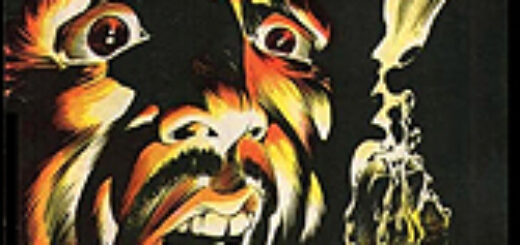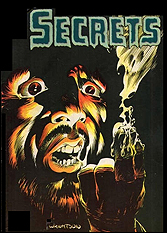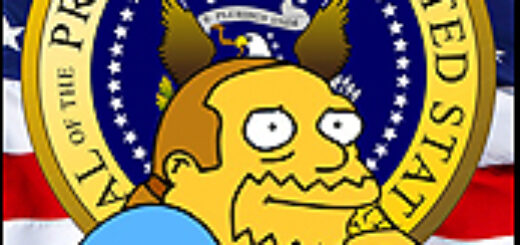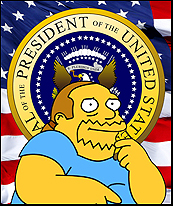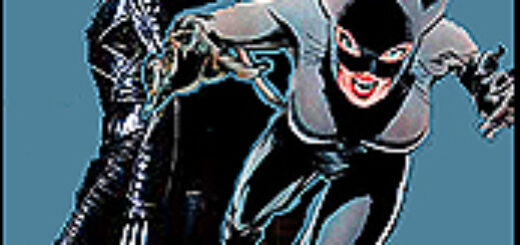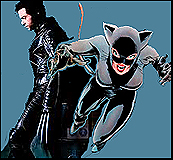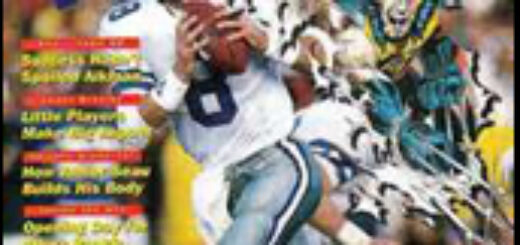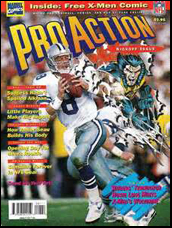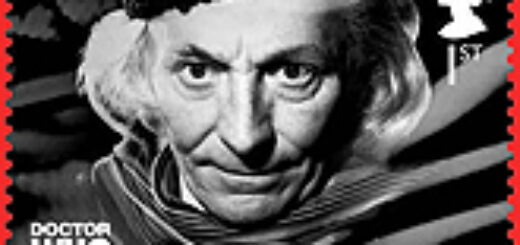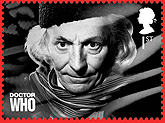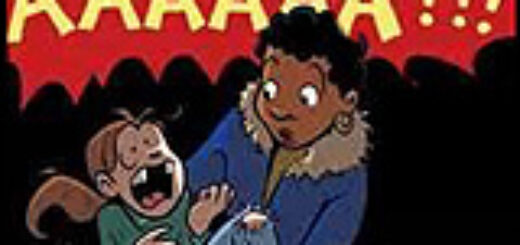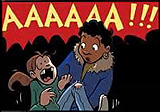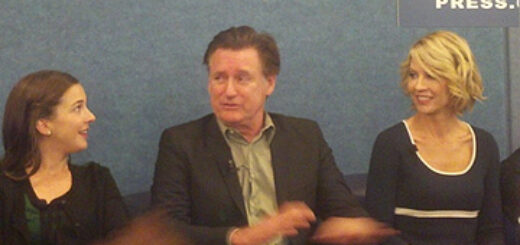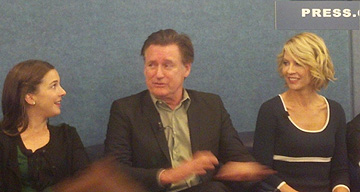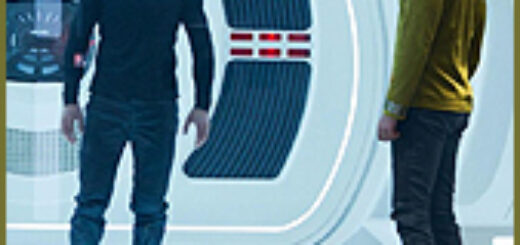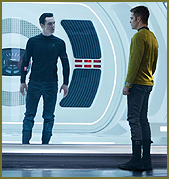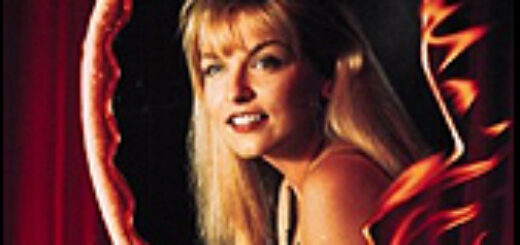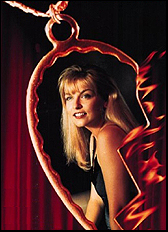John Ostrander: That Shiny Nude Dude With The Sword!
 Sometime tonight, in about the second hour of what will seem like a three day Oscar broadcast, my butt will go numb and I will ask myself, “Why am I watching this?” It happens every year and then the following year, I do it again. Am I a masochist? Do I just forget? Why do I care who wins what? I haven’t seen most of the films or performances nominated.
Sometime tonight, in about the second hour of what will seem like a three day Oscar broadcast, my butt will go numb and I will ask myself, “Why am I watching this?” It happens every year and then the following year, I do it again. Am I a masochist? Do I just forget? Why do I care who wins what? I haven’t seen most of the films or performances nominated.
I’m not alone in this. Umpty-bum millions of people will tune in to the broadcast worldwide. It’s not the only movie awards show on anymore, either. You have the Director’s Guild, the Screen Actor’s Guild, the Independent Spirit Awards, the Golden Globes and more all handing out awards. That’s not even mentioning the Tony Awards or all of the different music awards or the People’s Choice Awards, The Emmy Awards or what have you. I’m surprised they don’t yet have the Awards Channel on cable; all awards, all the time. And the Red Carpet shows that precede them.
I understand why it’s a big deal to those nominated for the Awards (whichever Award it is) or to the Industry (whichever Industry it is) but why should it matter to anyone else? Why does it matter to me? Why do I watch? Why do any of us?
Let’s face it, fellow nerds – we aren’t represented. The films we mostly watched aren’t up for awards. Where’s the Oscar for the best actor in a superhero movie? Nominees would have to include Christian Bale in The Dark Knight Rises, probably Andrew Garfield in The Amazing Spider-Man, and then there’s The Avengers which could be a category all by itself. Who do you not include? Certainly Robert Downey Jr.’s turn as Tony Stark/Iron Man is amazing but how could you not include Mark Ruffalo who made a Bruce Banner/Hulk really work on celluloid for the first time ever.
And the support actors! Again, in The Avengers – Samuel L. Jackson (who should get an Oscar just for being Samuel L. Jackson) or Tom Hiddleston as Loki who almost steals the movie. Clark Gregg as Agent Phil Coulson who provides the heart and the reason to call the group The Avengers – where’s his nomination?
You can make the same argument for The Dark Knight Rises with Michael Caine’s Alfred who is heart wrenching, or Gary Oldman’s Commissioner Gordon who is really the moral center of all three Batman movies. Daniel Day Lewis was amazing in Lincoln but he only had a beard to cope with. Let’s see him put on Bane’s mask and do any where near as good as Tom Hardy did. C’mon – let’s handicap these races for degree of difficulty!
Anne Hathaway got a nomination (and will probably get the Oscar) for her role in Les Miserables but did you see that, my fellow nerds, or did you see her as Catwoman? Sally Field was great as Mrs. Lincoln but why isn’t she recognized as Aunt May?
And best director? Okay, okay – Ang Lee did a knockout job (or so I’m told; I haven’ seen it) of getting a boy and a tiger on a lifeboat in Life of Pi. Stephen Spielberg did an outstanding job in Lincoln, not only creating the characters of the Civil War but the setting, making you feel like You Were There. And there’s all kinds of talk about how The Academy snubbed Ben (Daredevil) Affleck on Argo.
I got two words for you. Joss Whedon. The third act of The Avengers with the attack on Manhattan by the alien hordes, balancing and making all the superheroes – the lead characters in their own movies – work well together. ‘Nuff said.
Why don’t these movies get Academy Award consideration? They made money. Gobs and gobs of it. So far as Hollywood is concerned, that’s their award except maybe for the grudging technical awards. Maybe it is. The folks doing those may have longer careers than those who get an Oscar tonight – because if there’s one thing Hollywood respects more than Awards, it’s cash.
So, yeah, I’ll watch the Academy Awards tonight. Force of habit, maybe. Maybe we’ll have to have an alternative award for folks like us – the Nerdies.
As a great man once said – Excelsior!
MONDAY MORNING: Mindy Newell
TUESDAY MORNING: Emily S. Whitten


